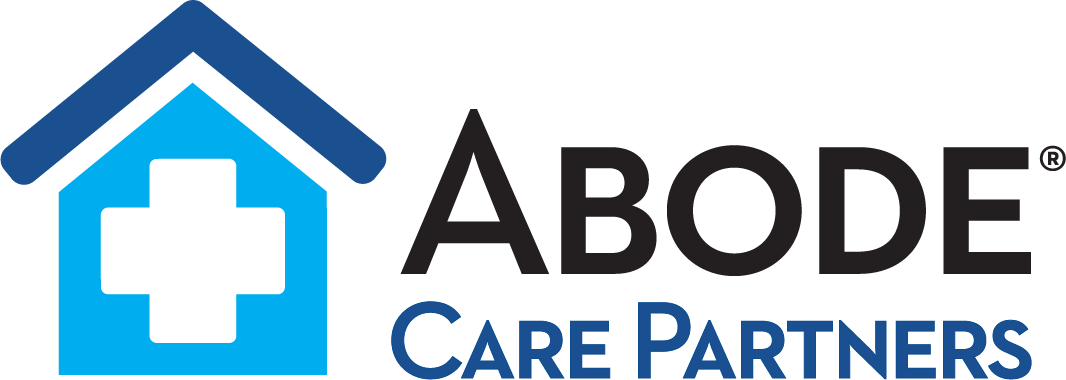SHC Medical Partners is now a part of Abode Care Partners!
Our Mission is to implement innovative healthcare delivery systems that enable compassionate care delivery, education, and empowerment through a highly trained team of medical providers to maximize the physical and psychosocial health, quality of life and dignity of those we serve.
Our Vision is to be a preeminent medical provider team that provides outstanding, evidence-based care to empower patients to attain the highest quality of life and health across all care settings.
